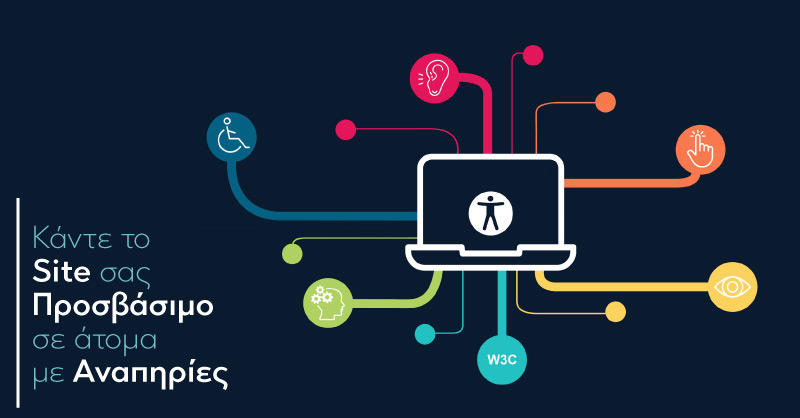Since 1992, the 3rd of December is the International Day of Persons with Disabilities
(IDPD). This year's theme is "Promoting the participation of people with disabilities and their leadership".
The issue focuses on empowering people with disabilities for inclusive, equitable and sustainable development, as set out in the 2030 Agenda for Sustainable Development, which is committed to "Leave no one behind" and recognizing disability as a horizontal issue in implementation of its 17 goals for sustainable development.
━
For people with disabilities, accessibility means being able to use a product or service as effectively as a person without a disability. This means using inclusive design principles for the use of products and services by a wider segment of the population. In some cases, this is not possible, and assistive technologies may be required to fill the gap. If so, key technologies should allow for seamless connection of peripheral software or hardware, both in terms of interoperability and data portability.
Changing people's attitudes towards disability is fundamental to achieving greater accessibility. The main goal is to emphasize an individual's abilities rather than disabilities and to encourage the individual's independence and ability by reducing environmental barriers.
People with disabilities face so many different obstacles as there are types and degrees of disability. For example, visually impaired people who use screen reader software may experience sites that are confused by navigation or do not have image descriptions.
By removing barriers, people with disabilities will be able to use and contribute more to the wealth of the internet by participating independently in the communities of their choice.
In addition to physical accessibility to enable persons with disabilities benefit from the Internet and contribute to value, it is necessary to overcome other obstacles.
Ηttps://www.w3.org/ recommends the WCAG 2 list, a list of success criteria and techniques, which covers a wide range of recommendations for people with disabilities to have more access to web content.
The four principles of an accessible web
The guidelines and success criteria are organized around the following four principles, which lay the groundwork for anyone to access and use web content. Anyone who wants to use the web must have content that is:
1. Perceived
The details of the information and the user interface must be presented to the users in a way that can be perceived by their senses.
2. Useful
User interface elements and navigation must be functional. This means that users must be able to handle the interface, which may not require interaction that the user cannot perform.
3. Understandable
The information and operation of the user interface must be understandable.
This means that users must be able to understand the information as well as the operation of the user interface.
4. Robust
Content must be able to be interpreted reliably by a wide variety of users, including assistive technologies. This means that users must be able to access the content as they promote technologies but also as technologies evolve.
If any of these are not true, users with disabilities will not be able to use the Web.
Techniques based on principles
In the quide presented in the WCAG 2 one can find some basic techniques to achieve the four principles of an easily accessible site.
Perceived
- Use text alternatives for any non-text content. So that it can be transformed into other forms that people need, such as large prints, words, symbols or simpler language.
- Customizable content that can be presented in different ways (for example simpler layout) without losing information or structure.
Useful
- Keyword accessibility.
- Give users enough time to read and use content.
- Avoid using or designing content that may cause seizures.
- Easy navigation.
Understandable
- Readable and understandable text content.
- Create a website that works in predictable ways.
Robust
- Maximize compatibility with current and future user agents, including assistive technologies.
Regardless of the challenges they may face, people with disabilities can contribute equally to society. As long as unnecessary obstacles are removed. Increasing Internet accessibility is an important step. Small in applicable changes. Great in the impact of human life.
https://www.un.org/development/desa/disabilities/news/news/idpd2019.html
https://www.w3.org/WAI/WCAG21/quickref/


